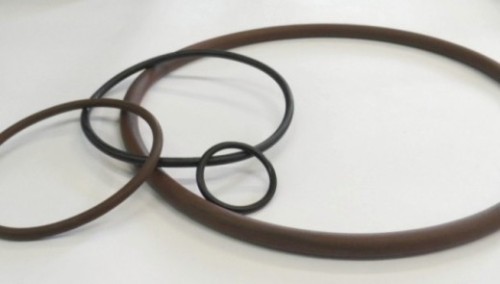When dealing with acids it’s important to use suitable chemical pump materials resistant to corrosion which are highly efficient and require minimum maintenance. That’s why, after years of experience in chemical pumps field, we decided to use Polypropylene, PVDF and AISI316 as standard materials for our pumps and EPDM, Viton and PTFE for the o-rings.
Every material has its own properties and characteristics that make it suitable for pumping different acids because, as I wrote in my previous article about pump selection, it’s really important to choose the right pump material for every chemical application.
Polypropylene (PP)
- Polypropylene is well known with the name Moplen (™)
- It’s a thermoplastic material extremely resistant to many solvents, bases and acids such as for example acetone, caustic soda and chloridric acid.
- It’s not suitable for concentrated, oxidizing acids.
- It’s used in many different industries for parts subjected to relatively modest forces.
- Temperature range for PP pumps is from 4° to 60°C.
Polyvinylidene fluoride (PVDF)
- It’s a thermoplastic material of the fluoropolymer family and it’s used generally in special applications requiring the highest purity, strength, and resistance to solvents, acids, saline solutions, to alkali and bases.
- It’s mainly used with liquids such as for example sodium hypochlorite, concentrated sulfuric acid, nitric acid, gasoline.
-
It doesn’t undergo deformation under loads and has a high mechanical resistance.
- Temperature range for PVDF pumps is from -40° to 90°C.
Stainless steel AISI316
- It’s a metallic material used when both the properties of steel and the resistance to corrosion are required.
- Particularly indicated for pumps working with high temperature liquids, oils, kerosene, alcohols.
- It’s used to pump acids up to a maximum temperature of 160°C
Also the o-rings are in contact with the liquid and their material is very important to avoid leakage.
EPDM
- It’s an elastomer with a good resistance to heat, ketones, ordinary diluted acids and alkalines.
-
Temperature range: from -40°C to 140° C
- We usually use EPDM o-rings as standard with PP pumps
VITON
- It’s a fluoropolymer elastomer with a good resistance to hydrocarbons, acids, fuels, mineral and vegetable oils but it’s incompatible with ketones and organic acids
- Temperature up to 150°C
- We usually use VITON as standard with PVDF and AISI316 pumps
PTFE
- Polytetrafluoroethylene known also as Teflon (™).
- It’s highly resistant to the attack of acids and basis in corrosive environments but it has poor mechanical properties such as traction and compression.
- T
emperature range: from 4°C to 260°C
These are general rules that can be useful for chosing pump material but it’s better to consult a good chemical compatibility chart to select the best material for each chemical application.









